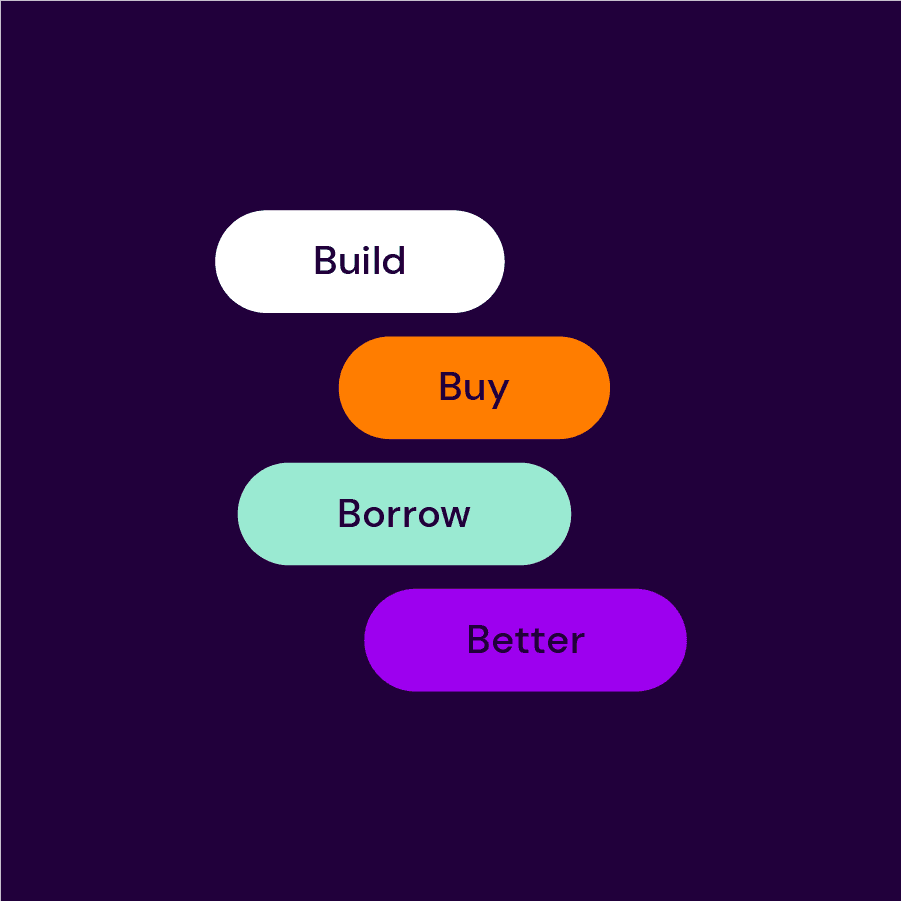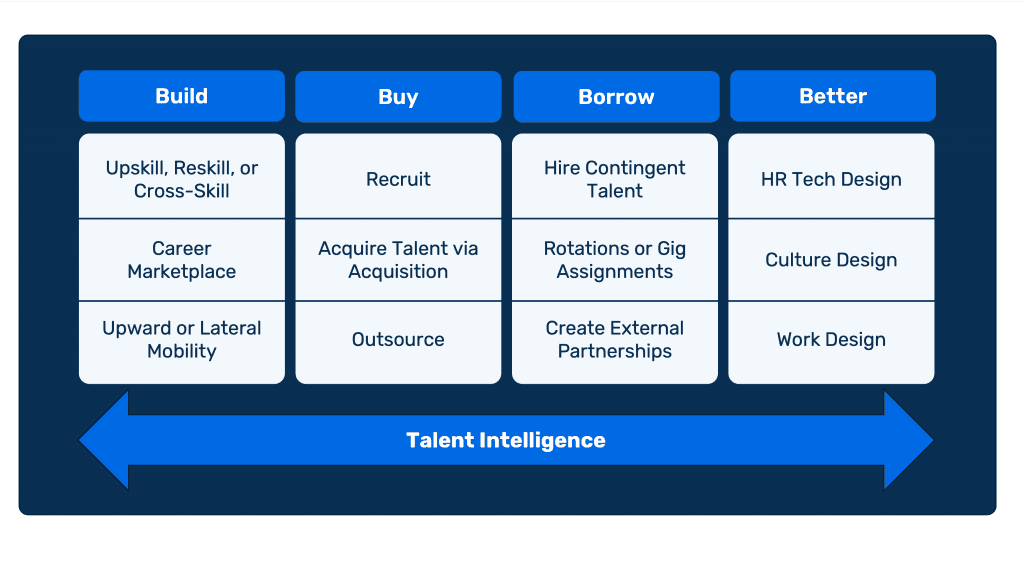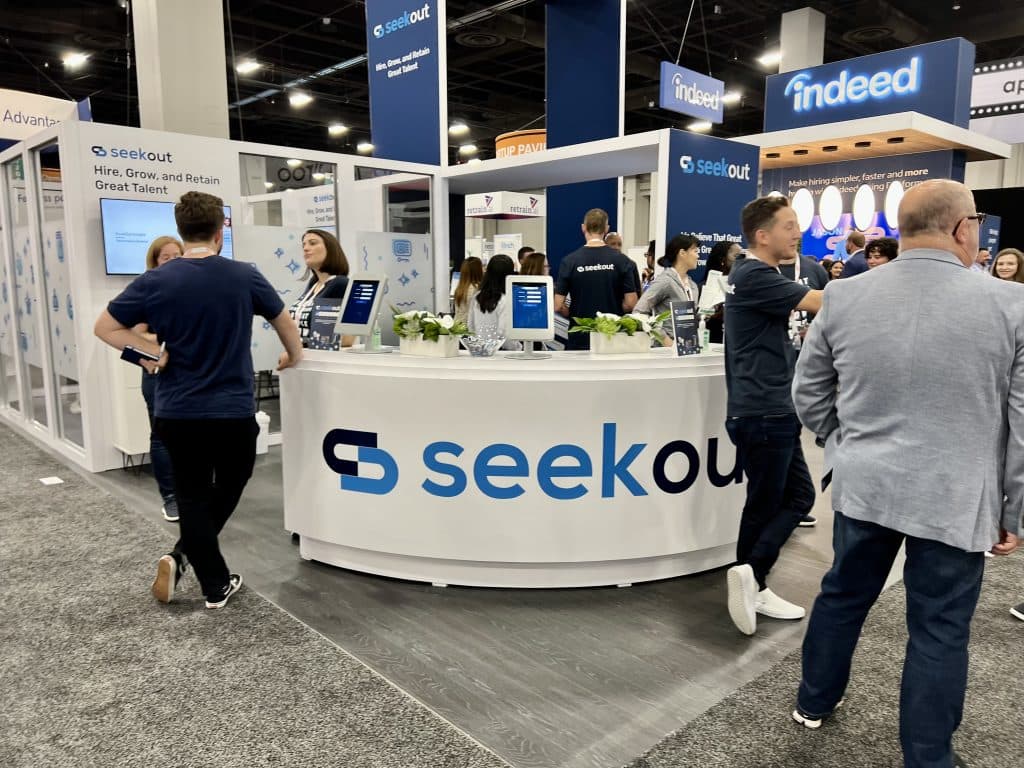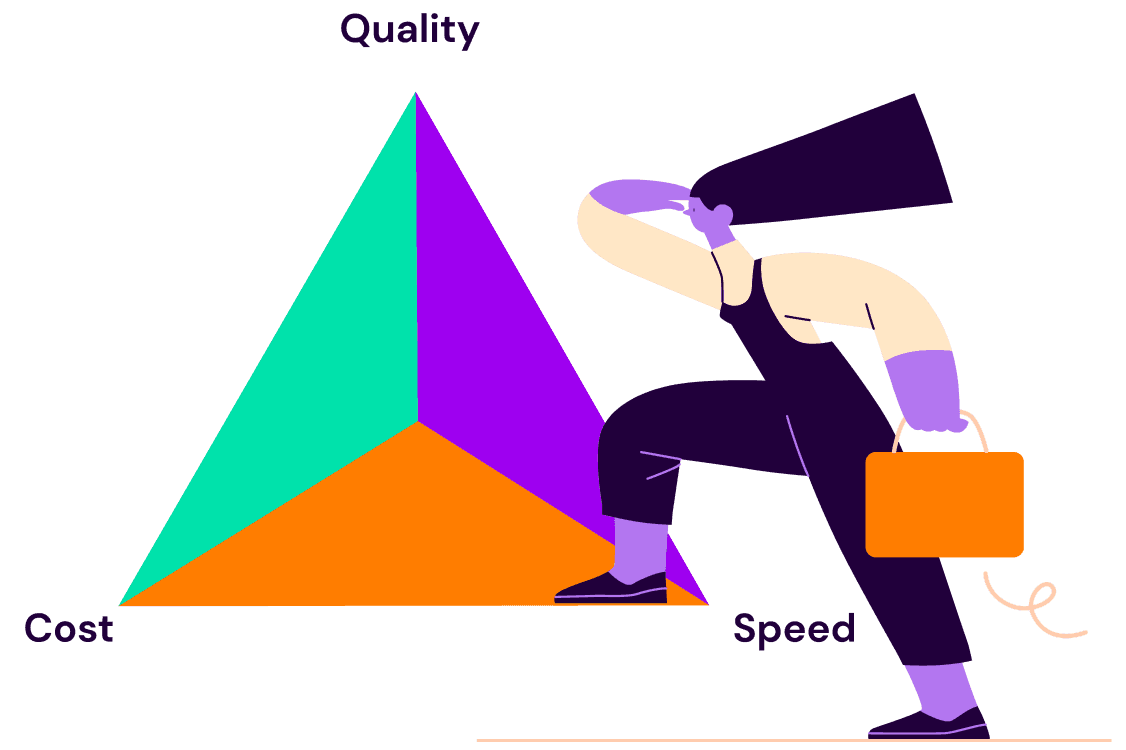
Back to blogs

HR Tech 2022 Recap: Employee Retention, Skills, and the Future of Work
If HR Tech 2021 was about diversity, equity, inclusion, and belonging, then HR Tech 2022 was the year of skills and employee experience. In response to the Great Resignation, the industry event was abuzz with solutions for organizations to keep talent engaged and growing. And despite the ongoing economic uncertainty, there was a spirit of optimism amidst the glitz of the Las Vegas strip.
Read on to learn about the future of work discussed at HR Tech, how technology can help, and in case you missed it, meet our new talent management solution, SeekOut Grow.
Is the future of work skills-based?
The overarching theme of HR Tech 2022 was a discussion of the future of work. As this era of unprecedented technological change evolves, HR and Talent Acquisition (TA) leaders are gearing up for what’s coming next. One thesis that forward-thinking industry leaders postulate is that work will transition to focus less on prescribed functions and more on growing and better utilizing employees' skills. The business case for skills-based work is strong. Advocates of a skills-based approach argue that it will result in better retention, better employee engagement, increased productivity, and better financial performance for the organization.
As consulting firm Deloitte suggested, “The answer could be skills—broadly defined as hard skills (such as coding, data analysis, and accounting), human capabilities (such as critical thinking and emotional intelligence), and potential (including latent qualities, abilities, or adjacent skills that may be developed and lead to future success).”
The move to a skills-based organization will not be simple. It will require traditional work roles to be deconstructed and broken down into projects, gigs, and initiatives based on the competencies required. There will be challenges in moving from a functional job with a fixed set of responsibilities, written job descriptions, compensation bands, and organizational charts. Job architectures and skill taxonomies will need to be developed to replace job descriptions. Performance reviews will have to be adjusted to determine what success looks like. And this is just the start.
How can HR and TA leaders get ahead of what’s next?
Billions of dollars were invested in HR tech that seems to be chasing this year’s challenge du jour—keeping your current employees in the face of the Great Resignation. Rather than just throwing money at current employees, organizations are looking for new and innovative ways to provide growth paths to career lifetime learners and new experiences for engagement. Research suggests that this is the winning strategy for organizations to retain employees. And there are technology solutions that can help.
How to choose the right solution
Leading HR analyst, Madeline Laurano is fond of saying, “Not all vendors are created equal. You must choose wisely.” If you step into the shoes of a CHRO or a TA leader, you are faced with a decision when it comes to which strategy you use to develop talent—Build, Buy, Borrow, or Better.

Talent intelligence
The first step in determining a workforce plan is to understand the landscape of the talent marketplace. That takes workforce or talent intelligence of the external marketplace, your internal talent, psychographic information on your talent target audience, as well as pertinent labor market reporting.
Build
Building your internal team in the face of the Great Resignation means engaging and growing the talent you already have. Employee retention works best when your employees are provided with career growth, new skills, and new experiences. How well you retain your talent will also impact your strength in the external talent marketplace. The wild card in this effort is that many of the skills that your employees will need in 2025 have not been identified or defined. One that’s certain to be in high demand is the ability to learn new skills.
Buy
When you go to the talent marketplace to buy talent, the current talent shortage is very apparent. Among the top methods of recruiting new talent are inbound recruiting (omnichannel job marketing), outbound recruiting (talent engagement), and employee referrals. Best-in-class solutions offer a recruiting component that features support in recruiting both active and passive candidates. Advertising and job marketing are maximized while identifying the passive talent that can be nurtured and kept in orbit around your brand. The success of employee referral programs is determined by your talent and brand—your reputation can be shaped by the experiences of your employees and candidates, as well as accolades like Best Places to Work or CandE Awards.
Borrow
The premise of the borrow method is that an organization has access to the exact skills they need, for the exact amount of time they need. Hiring contingent workers has been a proven tactic employed by organizations. These freelancers, contractors, or consultants deliver the skills an organization needs. Typically, these interim workers can be found more quickly than full-time employees and disengaged once your project or initiative is completed. Another popular way to internally borrow skills is to provide a stretch assignment to an existing employee on a short-term basis.
Betterment
CHROs and TA leaders will be looking more to the betterment category for critical assistance. This area offers the greatest opportunity for innovation—and with that, great technological, human, and operational challenges.
First, there is the need for technology integration. TA leaders have long complained that HR technology does not integrate easily into their existing technology stack. The “Frankenstein Syndrome” best describes how tech solutions are stitched together in many organizations. Perhaps the momentum toward partnerships reflected by the HR Tech 2022 vendors offers real hope for a more open architecture in technology.
Second, there is the need for human integration. A cornerstone of the retention mandate is to become a people-first organization. In the “What’s in it for me?” era, it follows that organizations will be concerned about what their employees care about most: themselves. Your employees are thinking about their personal needs—work-life balance, physical and mental well-being, feeling valued, hybrid or remote work, and financial well-being. In a way, your employees have become customers of your organization and will evaluate you against other opportunities with this criteria.
Third, once you have met the technology and human changes, you are left with operational integration challenges. The organizational culture shift required to adopt new technology and practices will be the most important and the most difficult. This move will require collaboration from talent management, learning and development, talent acquisition, IT, and other functional areas. The real test will be with the leaders and employees who are doing the work. As the workforce skews toward millennials and GenZ, those workers may embrace this change more readily.

What’s next?
HR Tech 2022 vendors offered a variety of solutions to assist you with skill-based work. But there are lingering questions for HR and TA leaders. Will the solutions all work together? Can you afford them? Will your employees even use them?
Many recruiters and TA leaders have faced the challenges of the Great Resignation with SeekOut’s core solution, SeekOut Recruit, but are looking for technology solutions to make the most of skills-based workplaces.
That’s why we’re excited to share the next evolution of our platform with a new talent management solution: SeekOut Grow. In case you missed our news during HR Tech, you can learn more about SeekOut Grow from our Chief Product Officer, Claire Fang.
See us in action
Learn how SeekOut unifies people data to help organizations reach their talent goals
Request a demo



